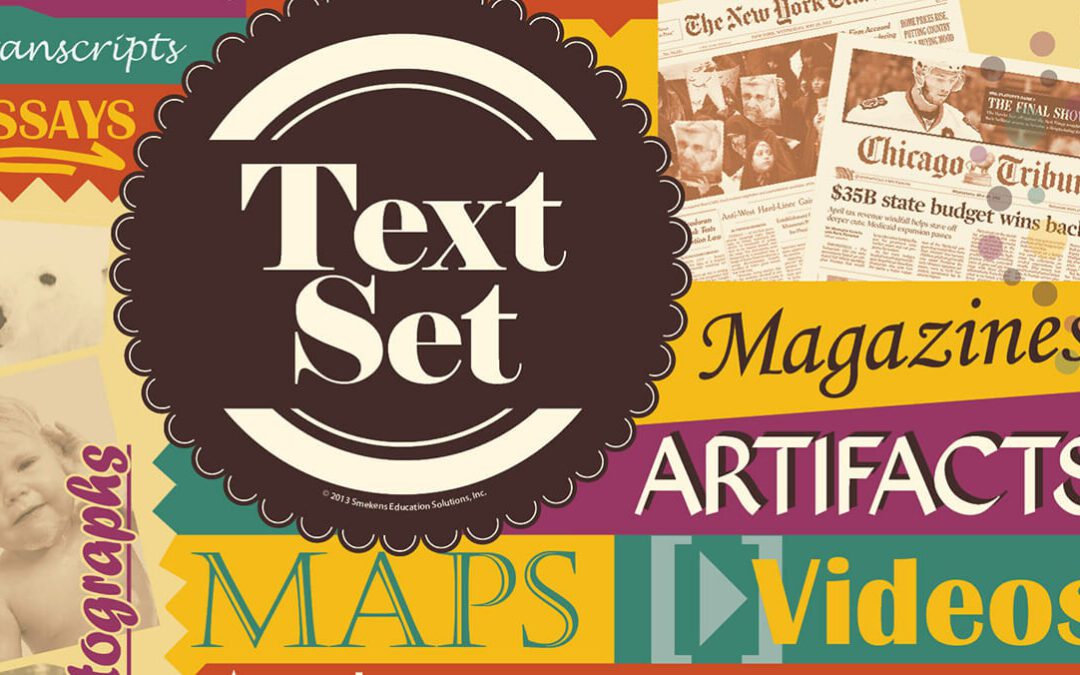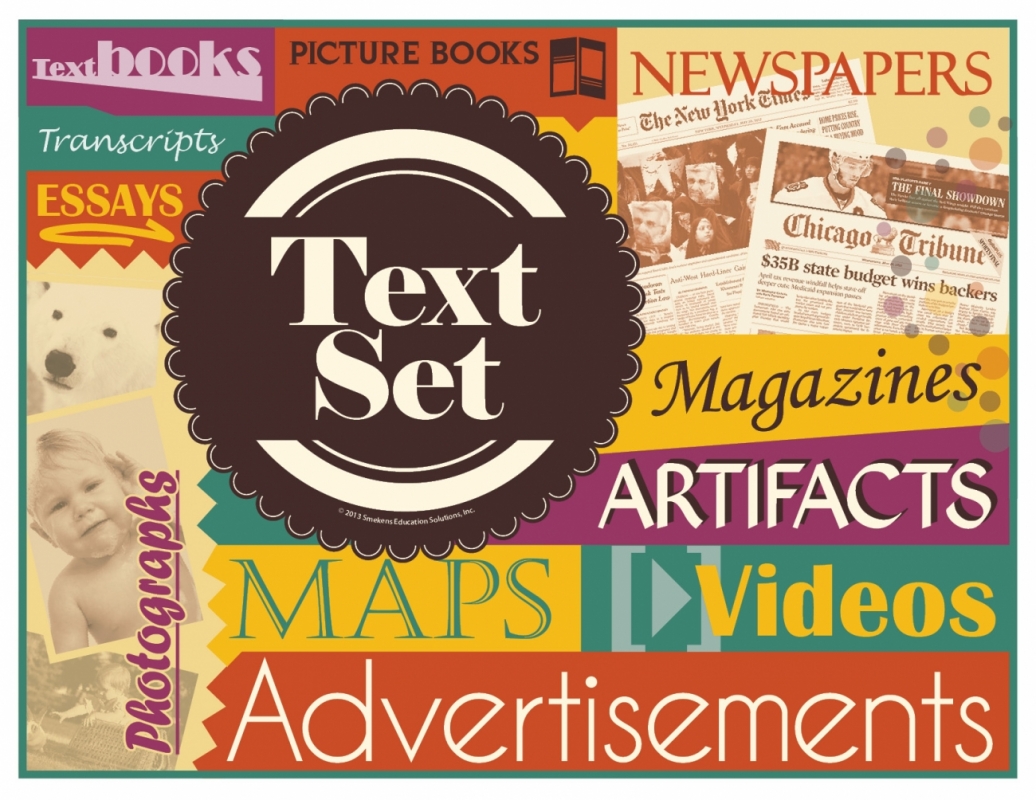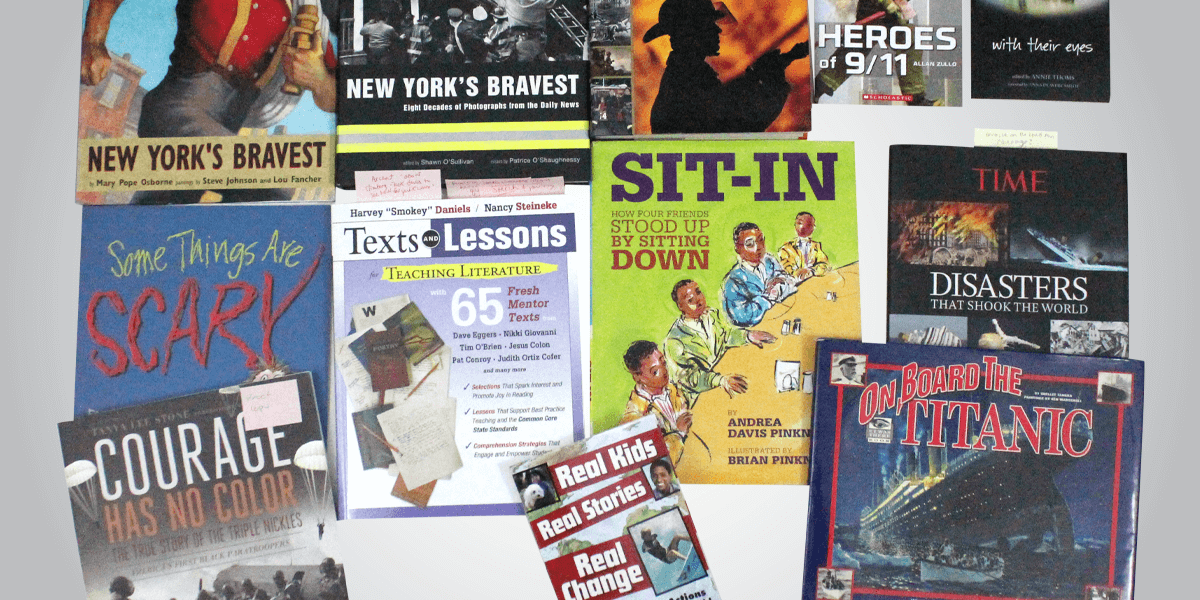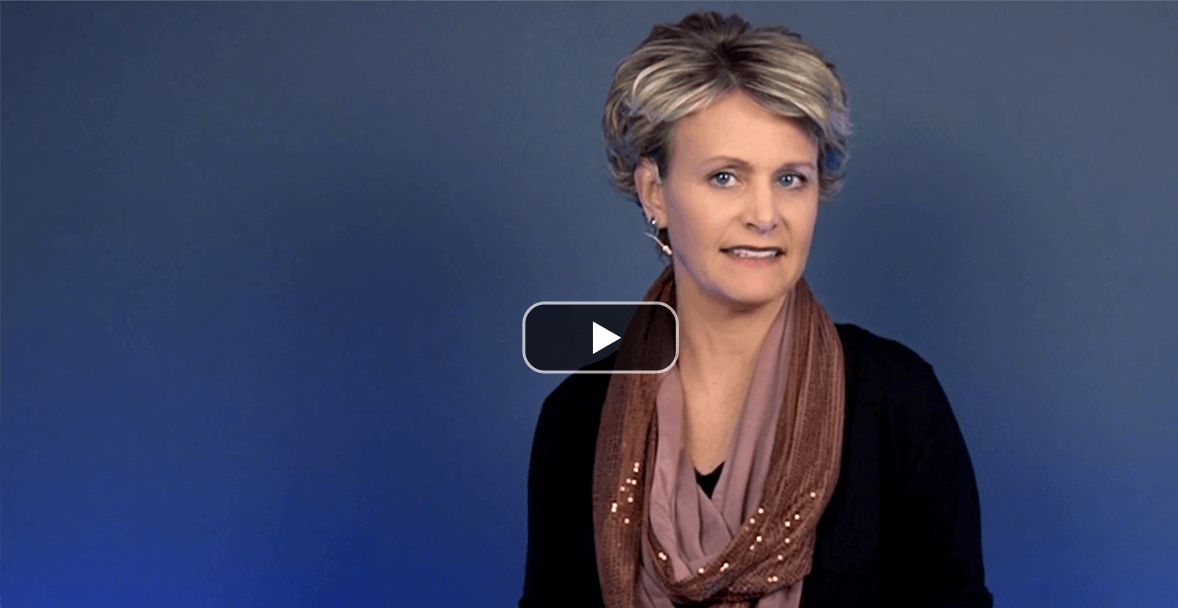Learning Center
reading
Build background knowledge with text sets
October 24, 2013
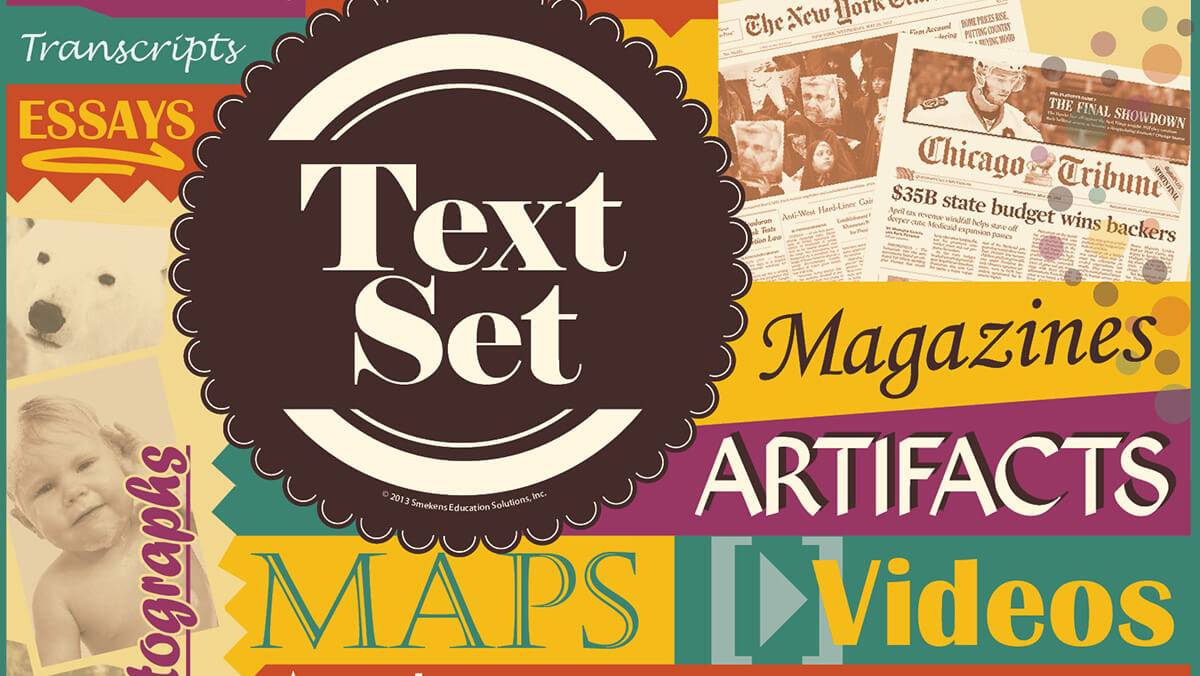
Dr. Robert Marzano was one of the first educational researchers to cite the value in building background knowledge in learners. The data reveals that the more prior knowledge you have on a topic before reading about it, the better you would comprehend the new information about the topic.

For this reason, it has become commonplace in classrooms to execute a variety of pre-reading activities prior to reading a difficult text about an unfamiliar concept.
- Providing students a gist or summary of the text.
- Pre-teaching vocabulary used within the text that students would likely be unfamiliar with.
- Providing students a specific reading purpose/reason to motivate them to read the text.
- Guiding students through a preview of the text with its sections, text features, illustrations, etc. (This “picture walk” often leads to students making predictions about the text.)
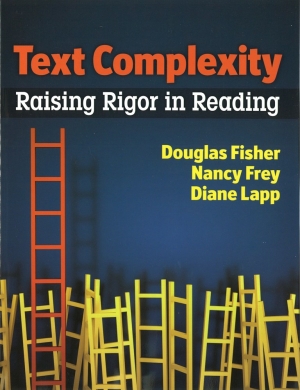
But now the authors of the ELA Common Core are encouraging teachers to “sharply curtail” pre-reading activities to increase rigor and simulate real-world reading.
“Perhaps one of the mistakes in the past effort to improve reading achievement has been the removal of struggle. As a profession, we might have made reading tasks too easy” (Text Complexity: Raising Rigor in Reading, D. Fisher, N. Frey, D. Lapp, p. 11–book out of print).
The authors contend that such a “productive struggle” teaches students to persevere through complex text.
Expect students to pre-read independently
Don’t misunderstand. We should teach pre-reading skills to students, especially in the early elementary grades. However, at some point we need to expect them to execute these habits independently and proficiently.
Eventually, we should provide a text and give students 1-3 minutes to independently preview the text. They can skim the text features, note the boldface words, make initial connections, and develop predictions all on their own. This allows teachers to focus more on strategies to read the text and less on strategies to prepare to read the text.
Build background knowledge with alternative texts
So… We shouldn’t conduct whole-class pre-reading activities? What about building background knowledge? There are a lot of ways to build background knowledge without actually previewing the complex text in question. For example:
- Reveal photographs (or illustrations, diagrams, maps, or other visual texts) from outside the main text that provide necessary information/background on the topic. Whether it’s through projected images from the Internet or printed stills, we can give students a visual to tuck into their backpacks of background knowledge.
- Show related movie clips or website videos that will provide some necessary background knowledge.
- Read a nonfiction picture book that depicts a single facet of the concept or defines essential vocabulary that will be referenced in the complex text. (A great resource for identifying picture books sorted by content-area and concept is Lester Laminack’s Reading Aloud Across the Curriculum.)
Grasp the big picture
Consider collecting a combination of text types to be read before the main, complex one. This is the concept of building a text set. By doing this, you scaffold students’ knowledge on an unfamiliar topic without pre-reading the complex text. (Not to mention that this text variety–visual, printed, digital, multimodal–has students reading more!)
The Common Core merely asserts that pre-reading alone is not an effective strategy for teaching kids to tackle complex texts. In fact, a regular diet of summarizing the text before reading can inadvertently ruin the reading experience for the students.

